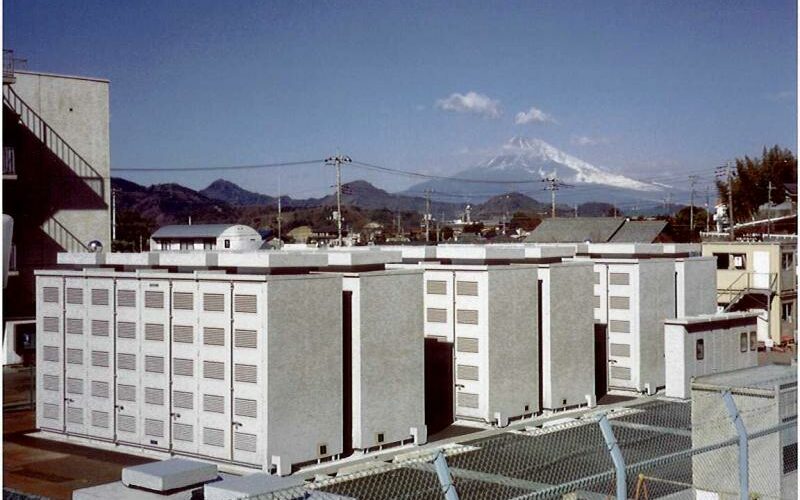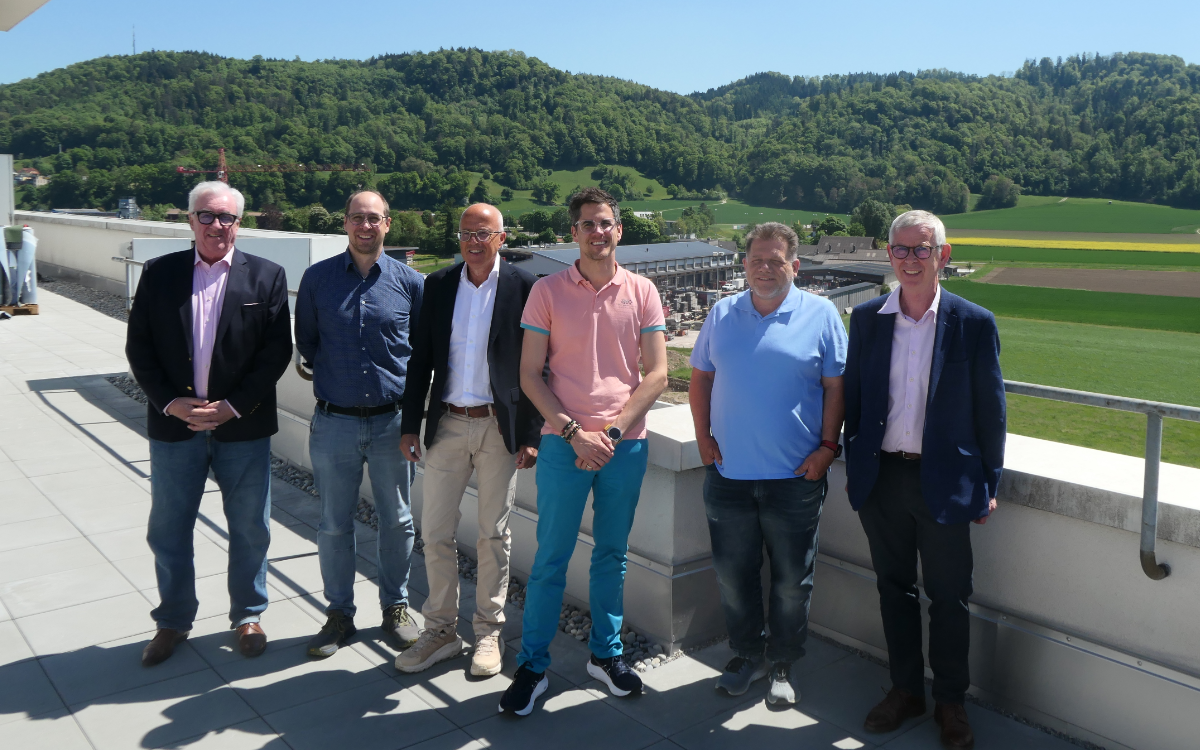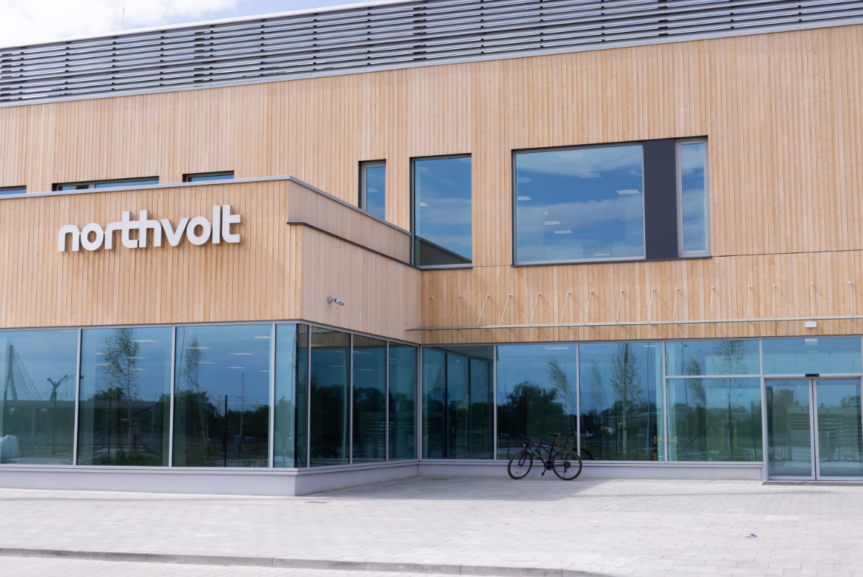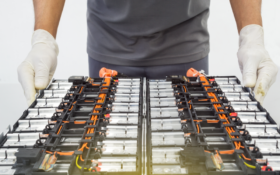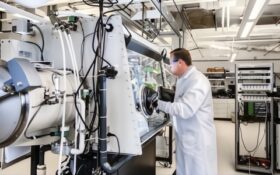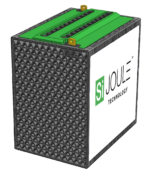A report by Anthony Price on NGK's award-winning new manufacturing and assembly plants in Japan, which will produce 65MW of sodium-sulphur batteries each year.
Tokyo Electric Power Company (TEPCO) and NGK Insulators Ltd received the Okochi Memorial Special Production Award for the development of the sodium-sulphur (NAS) battery in March 2004. The award is made annually for the most significant achievement in the fields of production engineering and technology, and commemorates Dr Eng Masatoshi Okochi, who died in 1952. NGK recently commissioned manufacturing and assembly plant and associated production facilities to produce up to 65 . . .
to continue reading this article...
Sign up to any Premium subscription to continue reading
To read this article, and get access to all the Premium content on bestmag.co.uk, sign up for a Premium subscription.
view subscription optionsAlready Subscribed? Log In

